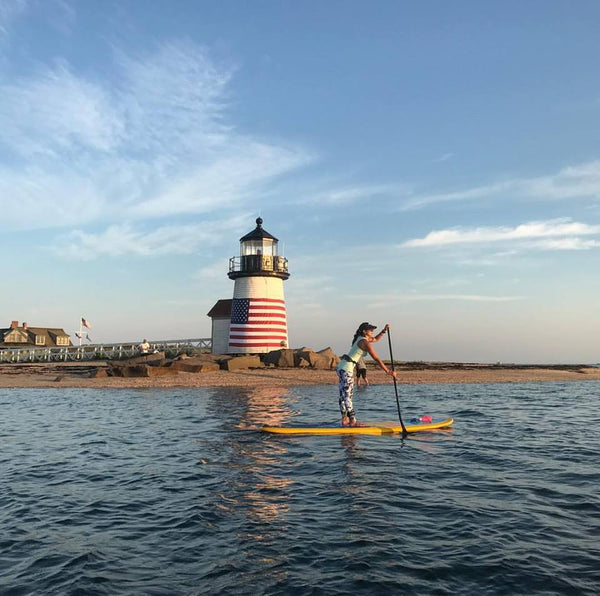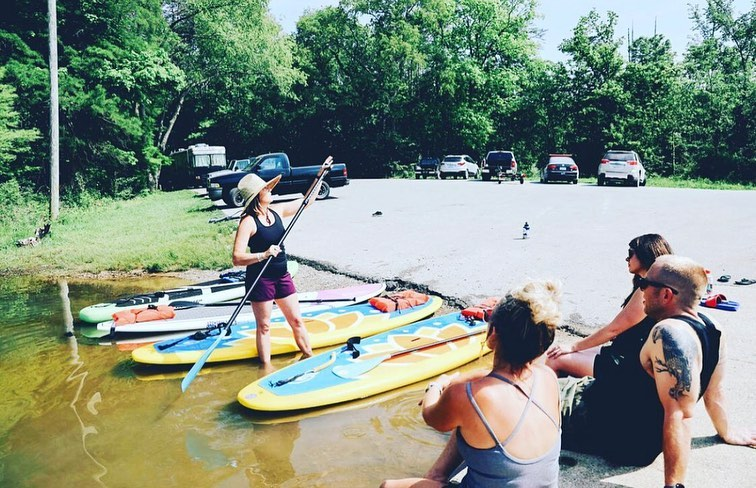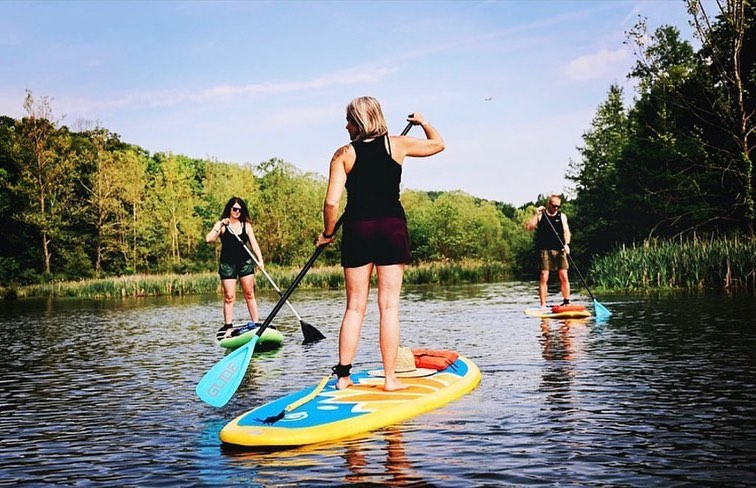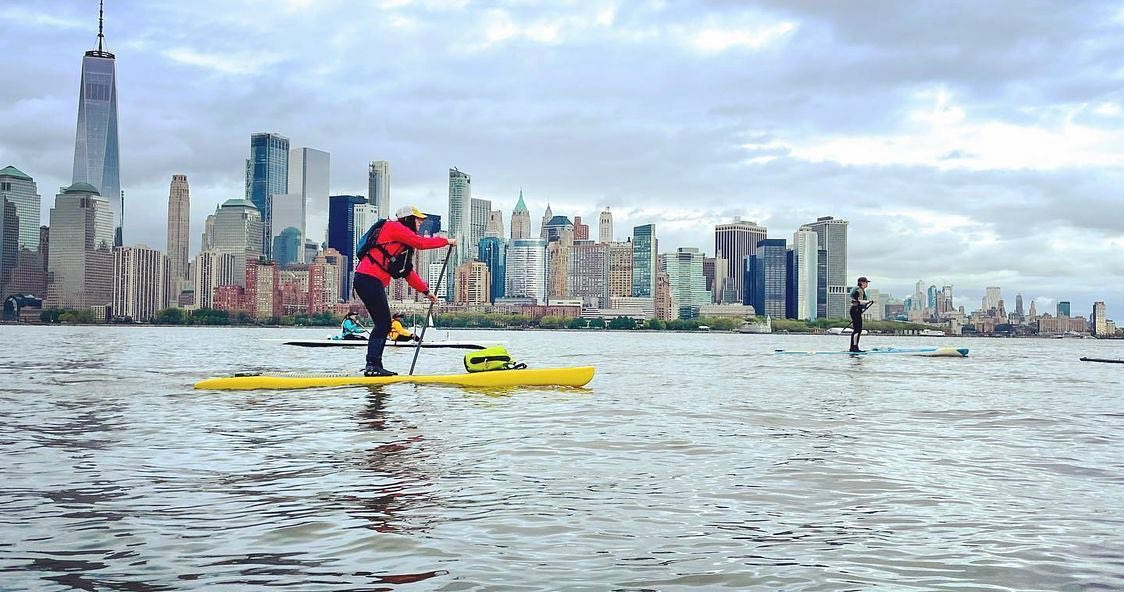
Stay Safe and Enjoy the Ride: Your Ultimate Guide to Paddle Boarding
Paddle board safety is incredibly important. We explain why in this article.
Introduction

Welcome to the thrilling world of paddle boarding, a sport where adventure meets serenity, brought to you by Glide SUP. Whether you're navigating the serene waters of a local lake or exploring the vast coastlines, safety on your paddle board should always be a top priority. At Glide, we're not just about creating the best inflatable paddle boards; we're about ensuring every moment you spend on the water is both enjoyable and secure.
Paddle Boarding Safety Essentials: Gear Up for Peace of Mind
Before you dip your paddle in the water, let's talk safety. A life jacket or a waist belt personal flotation device (PFD) is non-negotiable. Whether you're an experienced paddleboarder or just starting out, these aids are your best friends in keeping you afloat should you take an unexpected plunge. Glide SUP boards come with user-friendly features and accessories to enhance your safety and enjoyment. Remember, choosing the right paddleboard, like our range of inflatable paddle boards, can significantly impact your stability and confidence on the water.
Master Your Environment: Navigating with Knowledge
Awareness is key. Keeping an eye out for other water enthusiasts and potential hazards ensures a smoother paddle boarding experience. Glide SUP encourages you to familiarize yourself with the local paddling spots, understand the unique challenges they may present, and always check the weather forecast before heading out. Paddle boarding with a buddy not only doubles the fun but also adds a layer of safety.
The Perfect SUP for Every Adventurer
Glide's variety of paddle boards, including our inflatable paddle board selection, is designed to cater to every skill level and paddling preference. For beginners, we recommend starting with a wider, longer board for that extra bit of stability. As you progress, you may find our sleeker models offer the speed and maneuverability you crave. Remember, the right equipment, including a sturdy leash and the ideal paddle, can make all the difference in your paddle boarding experience.
Local Insights: Paddle Boarding with Confidence

Every paddling destination has its own set of rules and conditions. Glide SUP emphasizes the importance of understanding local regulations, tides, and currents. Always sport a PFD and keep an eye on the weather to ensure you're not caught off guard by changing conditions.
When to Paddle and When to Pause
Our connection to the elements is part of what makes paddle boarding so special. However, it's crucial to respect Mother Nature's power. Extreme temperatures, strong winds, and heavy rainfall can transform an enjoyable outing into a risky endeavor. Glide SUP's advice? Stay informed, stay prepared, and when in doubt, stay ashore.
Launching Your Paddle Boarding Journey: Beginner-Friendly Spots
Starting your paddle boarding adventure in a beginner-friendly spot is essential. Look for calm rivers, serene lakes, or protected beachfronts with minimal currents and boat traffic. Glide SUP believes in the power of practice, encouraging newcomers to take their time getting comfortable on their boards in these forgiving environments.
Packing for Success: What to Bring on Your Paddle Boarding Adventure
Equipping yourself with the right gear can make your paddleboarding outing both safer and more enjoyable. A personal flotation device is a must, alongside sun protection, water, snacks, and a waterproof pouch for your essentials. Glide SUP designs our boards with these needs in mind, offering storage solutions and accessories to keep your essentials secure.
Elevating Your Experience: Tips for the Seasoned Paddle Boarder
For those who have mastered the basics, Glide SUP encourages pushing your boundaries with advanced techniques, exploring new waters, and always prioritizing safety. Upgrading your gear, refining your skills, and staying vigilant about conditions will ensure each paddle boarding session is rewarding and safe.
Embracing the Glide SUP Experience

Paddle boarding with Glide SUP means more than just hitting the water; it's about embracing an adventure while prioritizing safety and respect for the environment. As you plan your next outing, remember that preparation, awareness, and the right gear are your keys to a fulfilling and safe paddle boarding experience. Dive into the world of paddle boarding with confidence, backed by the quality and support of Glide SUP.


